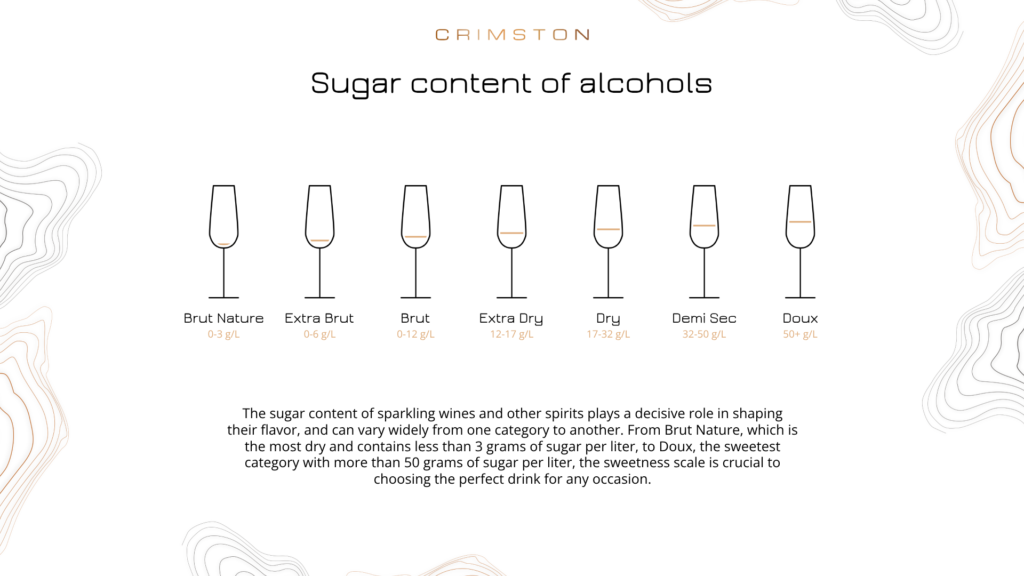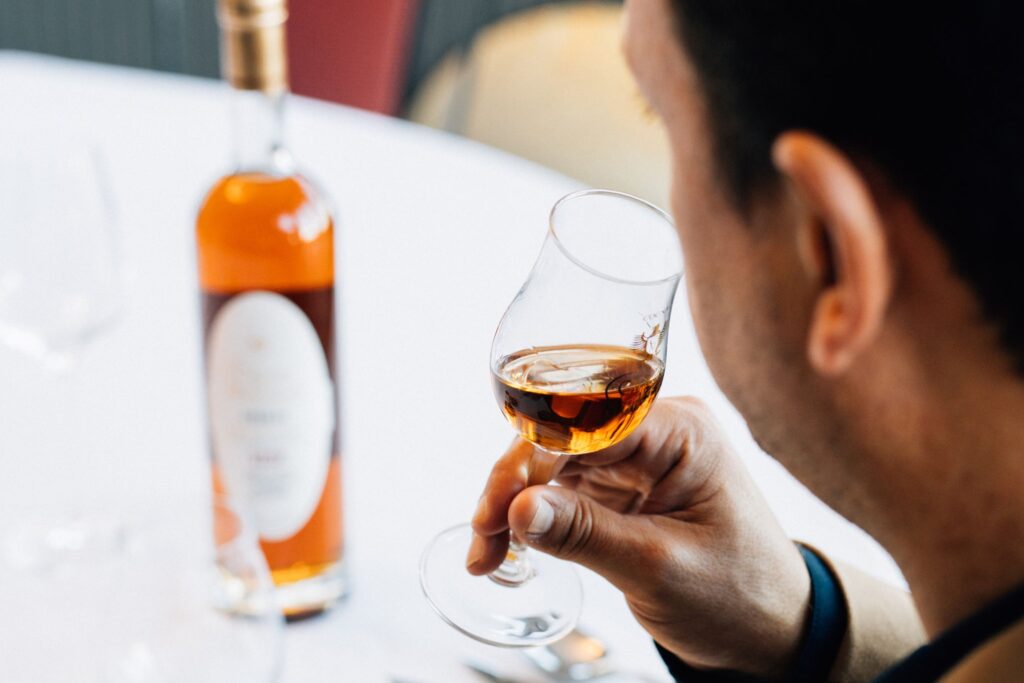Reading the labels on liquor bottles is more than just learning the name and brand of the liquor. The label is the key to understanding the history, quality, sugar content, and characteristics of what we are about to drink. It is the product’s passport that informs us about its origin, content, and production method. In this post, I’ll introduce you to how to read labels on liquor bottles to make your choice of any liquor an informed and satisfying one.
Understanding percentages – alcohol content
On each bottle of alcohol there is information about the alcohol content, marked “Alc. % Vol.” This is a key indicator that tells us how strong a particular beverage is. The value is measured as a percentage by volume and indicates how many milliliters of ethyl alcohol are contained in 100 milliliters of total liquid volume. Why is this important? Well, the degree of alcohol affects not only the impact of the liquor and the speed with which we feel its effects, but also the taste and characteristics of the taste experience. For example, a French aperitif Pampelle with an alcohol content of 15% will taste more delicate than such a Jumping Goat coffee liqueur with an alcohol content of 33%.
Origins – Appellation and Terroir
Fans of wine and other regional spirits are delighted by the details of the product’s origin. Information about the region or vineyard from which the ingredients are sourced is often included on labels and proves the uniqueness of the liquor. Brandies from the Cognac region of France, for example, Pierre Vallet or Château de Montifaud, may officially be called Cognac because of their origin. The same thing is with the term Champagne, which can only be used to describe wines originating from the Champagne region of France. For example, the prestige sparkling wines from the Lamborghini, although they are very high quality, cannot be called champagne because they come from Italy, not from French Champagne. The term “terroir” refers to a combination of factors, such as soil, climate and topography, which, combined with the wine tradition of a particular place, give a wine its unique character. Appellation systems, such as France’s AOC or Italy’s DOC, are a testament to quality and conformity of production to rigorous standards, which for the connoisseur can be decisive when choosing a bottle.
Vintage bottling – Vintage or Non-Vintage?
The date, which is often found on the labels of wines and some whiskies, is the year of bottling, also known as vintage. It tells you the year the grapes used were harvested or the ingredients harvested. Non-vintage spirits do not have a specific year and are a mix of liquors of different vintages.
Sugar content – From Brut to Doux
In the case of among others sparkling wines and champagnes, you’ll find terms such as Brut, Extra Dry, Sec, Demi-sec or Doux, which indicate the sugar content. Brut is the least sweet, while Doux is the most sweet spirit.

Special designations – Bio, Organic, Biodynamic
More and more producers are leaning toward organic or biodynamic production. The labels of such alcohols contain certifications and markings that prove compliance with certain standards in production.
Additional information – the way of maturation
Particularly in the case of distilled spirits such as whiskey, cognac or rum, the manner of maturation has a huge impact on the final taste and quality of the product. Labels can include information about the type of barrels in which the alcohol was matured (e.g. oak, sherry, port) and the maturation time.
Manufacturer’s notes – taste notes and recommendations
Manufacturers often add their tasting notes, suggesting aromas and flavors that can be sensed when tasting. They may also give recommendations on how to serve it or what dishes the alcohol pairs best with.
Reading labels is an art that allows you not only to better understand and appreciate alcohol, but also to avoid misunderstandings and disappointments. Remember that a label is like a map – it guides us through the history, traditions and flavors that lie within each bottle. The next time you choose a liquor, find a moment to explore the secrets of its label – it can completely change your tasting experience!

